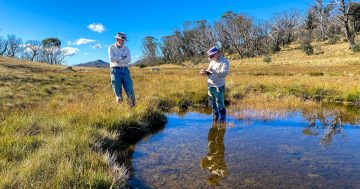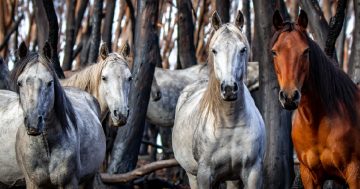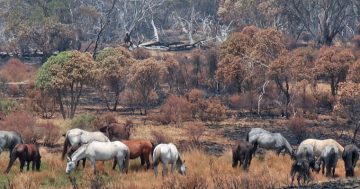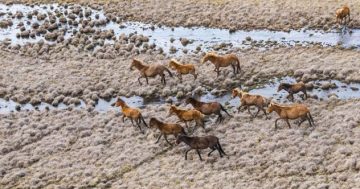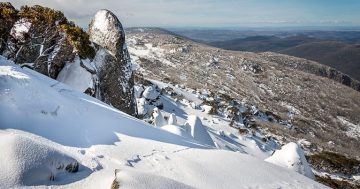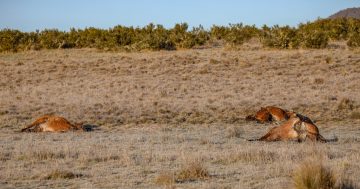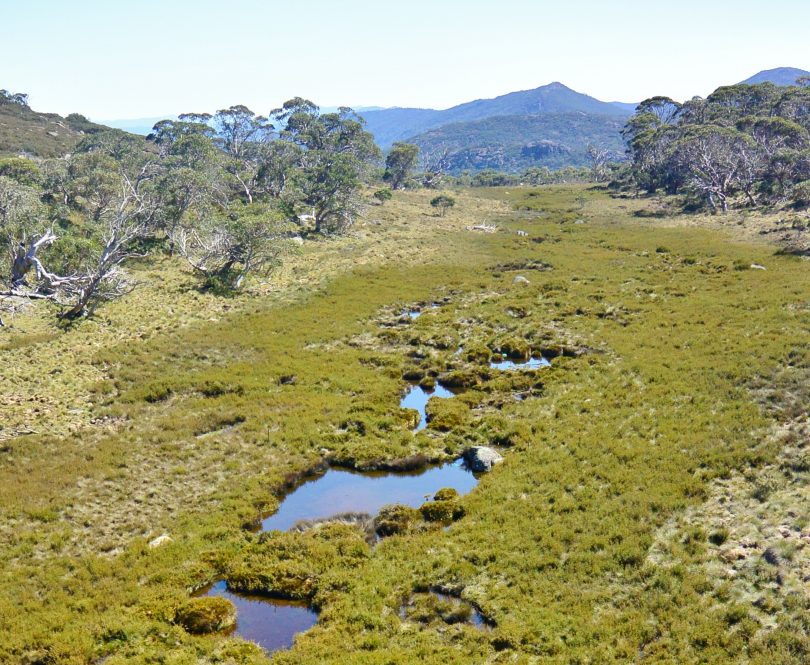
A bog in Namadgi National Park, which feeds the Lower Cotter Catchment, the ACT’s main source of drinking water. Photos: Supplied.
The increased risks of feral horses crossing into the ACT from NSW where they are now protected, has prompted the ACT to list unique wetlands in Namadgi National Park as ‘endangered’ to help better protect native habitats and wildlife, and the quality of the Territory’s drinking water.
Environment and Heritage Minister Mick Gentleman has added ‘High Country Bogs and Associated Fens’ to the ACT Threatened Ecological Communities List based on advice from the ACT Scientific Committee.
The NSW Government’s decision last year to stop culling feral horses in the Kosciuszko National Park, driven by Deputy Premier and Monaro MP John Barilaro who contends they have cultural significance, has been universally condemned by scientists and the ACT has said any that cross into the ACT will be killed.
Mr Gentleman said the ACT would now develop an action plan to engage with the NSW Government on cross-border management of Australia’s high country, including discussing the risks posed by feral horses entering Namadgi National Park.
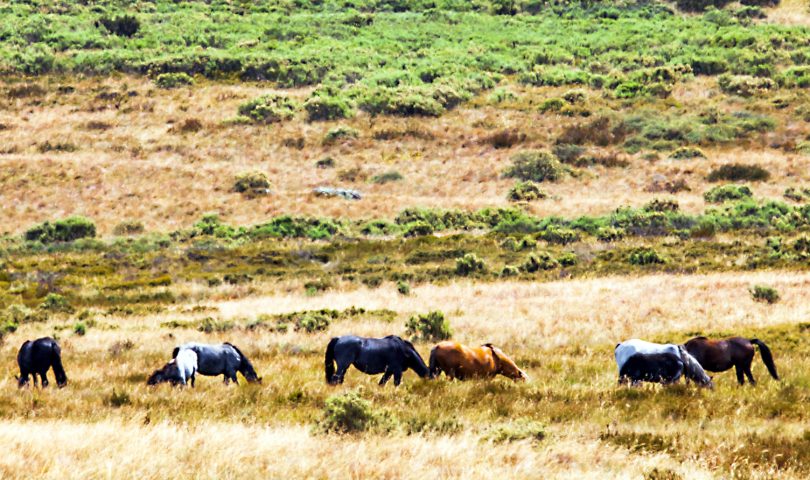
Feral horses remain a threat to the unique Namadgi wetlands.
He said the wetlands played a significant and important role in filtering water that flows into the Lower Cotter Catchment area, which is the ACT’s main source of drinking water.
Namadgi’s bogs and fens were also home to the critically endangered Northern Corroboree Frogs, as well as native Broad-toothed Rats, Alpine Tree Frogs, Reik’s Crayfish and Alpine Spiny Crayfish.
“These ecosystems are fragile and susceptible to increased temperatures and altered rainfall patterns caused by climate change,” the Minister said.
“Hooved animals such as feral horses, deer and pigs can destroy critical habitat and degrade the water quality by trampling or wallowing.”
High country bogs and fens are unique ecosystems that occur along high country streams, drainage lines, valley edges and valley floors more than 720 metres above sea level in the ACT. They are permanently waterlogged and typically have no trees due to strong, cold winds that sweep the area.












